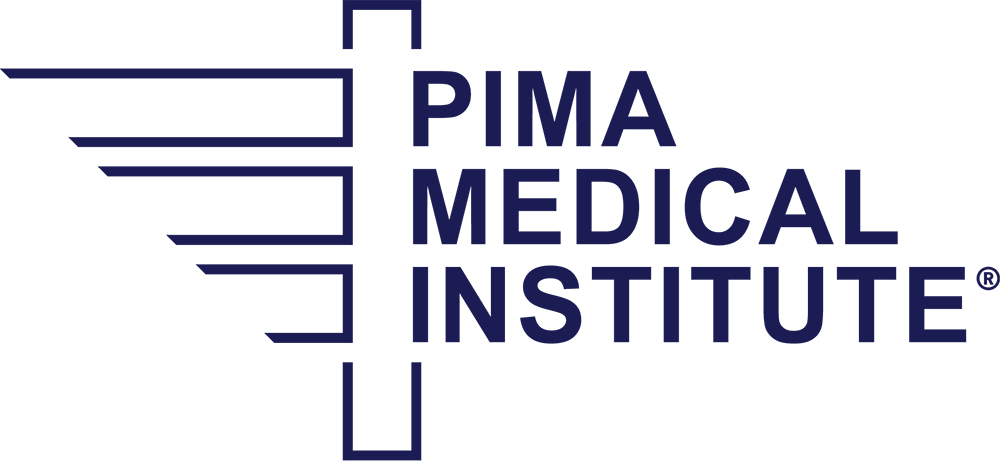Thinking About a Career in Healthcare?
Medical assisting offers a fast, fulfilling way to make a difference without spending years in school. From taking patient vitals to supporting doctors and managing office tasks, medical assistants are vital members of the healthcare team. With opportunities to grow, specialize and learn every day, this dynamic profession is perfect for those who want stability, purpose and the chance to help others. Whether you’re just starting your journey or looking to switch careers, medical assisting could be the path forward.
Learn about five medical assistant career facts below.
What Medical Assistants Do?
Medical assisting, like all work in the healthcare field, can change lives. It’s a profession that requires dedication and empathy, making it a meaningful career for almost anyone who chooses it.
Medical assistants work side-by-side with doctors, nurses and the healthcare team and perform an array of clinical and administrative responsibilities. The duties will vary depending on where you’re based and may include:
- Interviewing patients to gather medical information, as well as measuring their vital signs
- Preparing and administering medications and/or treatments as directed by a doctor
- Cleaning and sterilizing medical equipment prior to and after use
- Explaining treatment procedures to patients
- Performing general office duties such as scheduling appointments and filling out insurance forms
Where Medical Assistants Work?
A great fact about medical assisting is its variety. Medical assistants work with all types of doctors in every kind of medical practice like pediatrics, orthopedics, medical weight loss or plastic surgery. The most common areas of employment are:
- Doctors’ offices
- Outpatient care centers
- Specialty offices
Medical Assisting Can Be a Stepping Stone into another Healthcare Field
It’s uncommon for your first medical assistant job to be your last. While some medical assistants stay with the same doctor and practice until they retire, most branch out to experience work in larger, smaller or specialty offices. Some medical assistants further their education and become nurses, radiologic technologists, physician assistants, medical assistant instructors or grow into a healthcare management role. The career options are limitless.
Medical Assistants Are Constantly Learning
After becoming certified, medical assistants can be trained to take on new duties from their physician or practice. Beyond vitals and patient preparation, medical assistants may collect blood, run ECGs, or even take out stitches, depending on the practice. Medical assisting is always changing as the healthcare field advances with new innovations arising frequently. Meaning, you’ll always be learning something new.
Consistent Job Growth Predicted*
According to the U.S. Bureau of Labor Statistics (BLS), employment of medical assistants is projected to grow 15 percent from 2023 to 2033, much faster than the average for all occupations.*
The BLS also states that about 119,800 openings for medical assistants are projected each year, on average, over the decade. Many of those openings are expected to result from the need to replace workers who transfer to different occupations or exit the labor force, such as to retire.*
Pima Medical Institute has been educating medical professionals since 1972, providing decades of training and support to those entering the healthcare industry as medical assistants.
Ready to Move Forward?
If you’re eager to begin your healthcare journey and explore Pima Medical’s Medical Assistant program, schedule a campus visit and connect with medical career specialist. We’ll help you launch a stable, rewarding and growth-oriented healthcare career.
The nine-month medical assistant certification is offered at most of our campuses. Classes start every six weeks. Get started today toward your future in healthcare.



